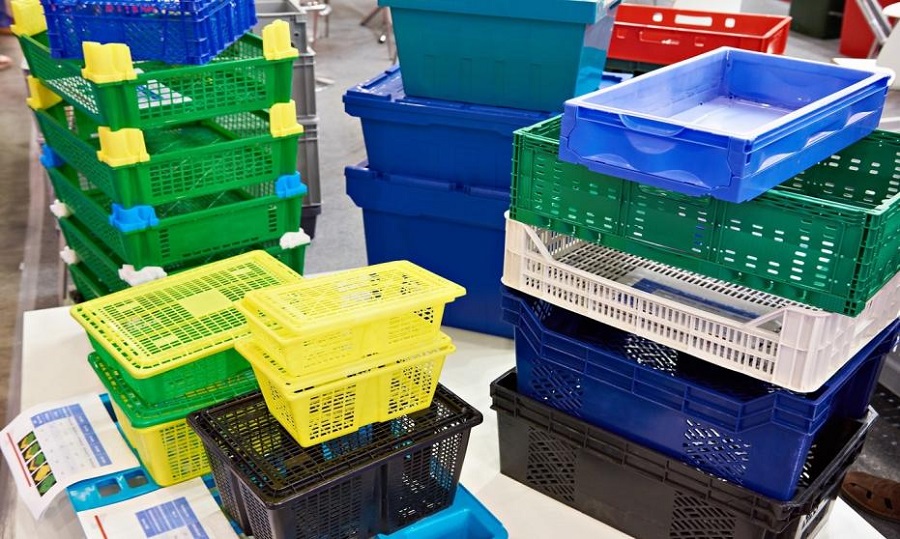For a long time, plastic boxes have been used in various industries as they have multiple advantages. Here in this thread, we have covered the multiple advantages of plastic boxes.
Cost Saving:
By switching from one-use cardboard boxes to reusable plastic boxes, you will save money on your supply chain. It’s also a lot more long-lasting. These containers are low-maintenance, save money on disposal and installation (such as stripes), and can be used to save space during return transportation. The cost savings come from the fact that you don’t have to purchase these plastic lid containers right away; instead, you can hire charge them.
Safe Storage:
High-value goods are protected in transit by using security seals. Covers with locking seals keep the lid from opening; close and seal the plastic boxes. You can easily check if the contents of the plastic box (กล่องพลาสติก, which is the term in Thai) were accessed during distribution; if the seal has been broken, unauthorized individuals have opened the package. This is particularly useful if you’re transporting expensive items.
Savings of Space:
Empty containers nest inside one another thanks to the trapezoidal design, saving you money on empty packaging return transportation. The bin can be stacked when the lid is closed, and when it is opened, it nests into one another, saving space during transport or storage.
Prevention of Pollution and Long-Term Viability:
The longevity and impact resistance of plastic containers make them ideal for distribution. Our products are made of polypropylene and can withstand temperatures ranging from -20 to 40 degrees Celsius. Anything you store will be safe from the elements thanks to the lid attached to the tray. Seals that are properly installed shield the product from attempts to sabotage it. This is especially relevant where deliberate contamination is a possibility, such as in the pharmaceutical industry.
Used in Various Purposes:
With safety in mind, a plastic box with a two-piece hinged lid was made. As a result, they are common in stores that require extra care which is stored and transported. They are sometimes used in delivery trades such as fast-moving customer goods such as household items, over-the-counter medications, food, personal hygiene products, cosmetics, rubber products, stationery, pharmaceuticals, consumer electronics, and so on.
They are a crucial logistic link in the transportation of goods from the fulfillment center to the store, where an employee removes products from a sealed container.
You may also like
-
Advanced Fruits and Vegetables Cold Storage Construction Through China Expertise
-
How Stainless Steel Expanded Metal Combines Functionality with Aesthetic Appeal in Construction
-
The Heart of Philanthropy: Andi Sklar’s Mission for Change
-
Advanced Digital Marketing Courses in Pune for Digital Marketing Managers
-
Bitcoin Price and the Rise of Stablecoins

